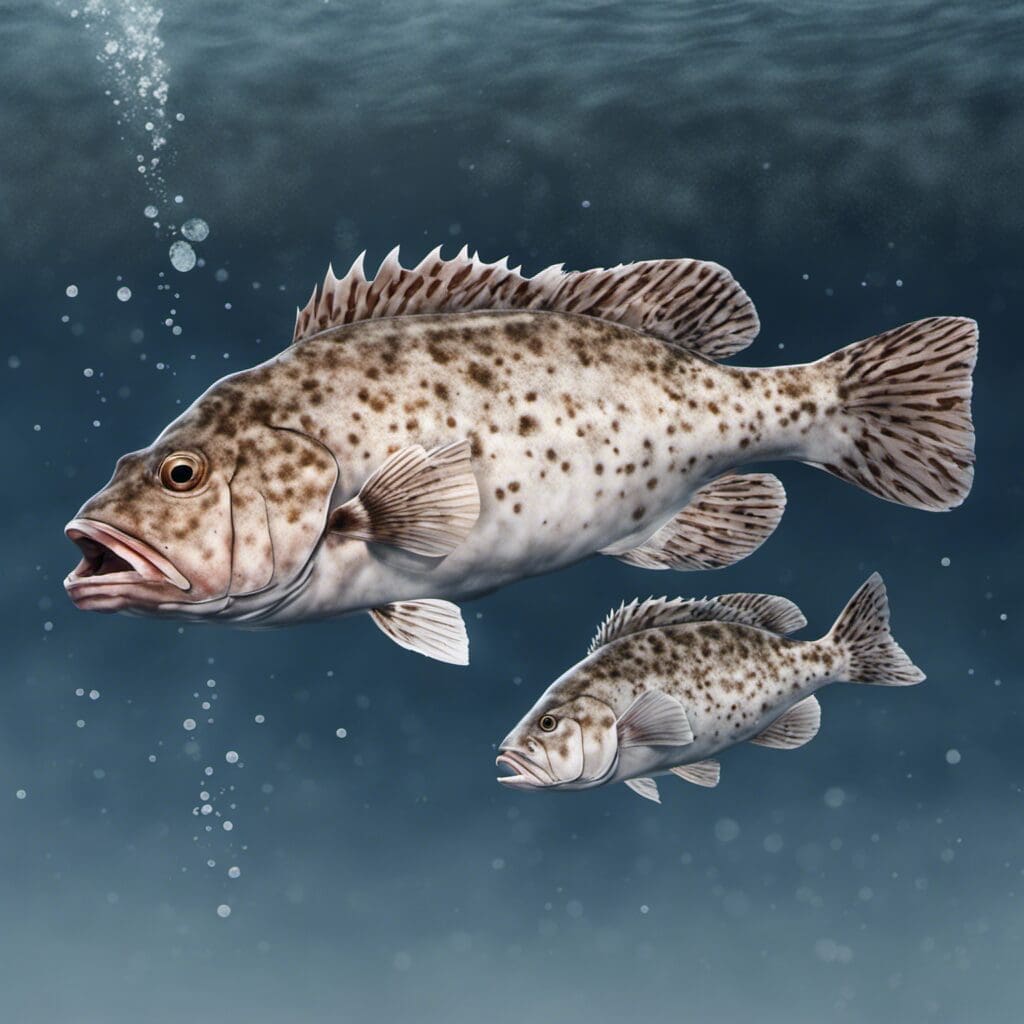Introduction
The Snowy Grouper, also known scientifically as Hyporthodus niveatus, is a species belonging to the family Epinephelidae, which consists of large, predatory fish commonly referred to as groupers.
Conservation Status
According to the International Union for Conservation of Nature (IUCN), the Snowy Grouper is currently classified under the ‘Vulnerable’ category. Overfishing, due to its value commercially and recreationally, has driven a significant decrease in its population.
Conservation efforts primarily involve regulating fishing practices. Size limits, seasonal closures, and bag limits are imposed to ensure sustainable fishing and aid in population recovery.
Statistics
| Statistic | Average | Range |
|---|---|---|
| Length | 31 inches | 1 - 48 inches |
| Weight | 18 pounds | 1 - 70 pounds |
| Lifespan | 17 years |
Distribution
The Snowy Grouper is found in the western Atlantic Ocean, from Massachusetts to Brazil, including the Gulf of Mexico and the Caribbean. It doesn’t exhibit traditional migration patterns.
Habitats
These species prefer marine or brackish waters. They inhabit depths ranging from 70 to 2500 feet, with their preferred depth increasing as they mature. While tolerant to various temperatures, they are generally found in warmer tropical and subtropical waters.
When and Where to See
Snowy Groupers have a peak spawning season between May and June. While they can be spotted throughout the daytime, they are most active during dusk and dawn.
Best Fishing Locations
Top fishing spots include:
- Gulf of Mexico
- Caribbean Sea
- Off the coast of South Brazil
- The Florida Keys
…
As they inhabit rocky bottoms and reefs, targeting these areas would enhance chances of a catch.
How to Catch
Snowy Groupers are less selective eaters, making them ideal for bait fishing. Common baits include crabs, fish, and squid. Bottom fishing and drift fishing are effective techniques. Late spring to early summer is the prime fishing season.
Identification Guide
Snowy Groupers have a robust, elongated body with a grayish-brown color. Their distinguishing feature is the white spots scattered across the body, hence the name. Compared to other groupers, they possess a soft dorsal fin with an elongated second spine.
Culinary
Snowy Groupers provide firm, white meat with a mild flavor. They are rich in protein while low in fats and calories. They can be baked, grilled, or fried.
Additional Information
Their diet consists primarily of small fish and invertebrates like crabs and shrimps. Predators include larger fish and sharks. While no specific folklore or myths are associated, their populations are historically linked to fishing regulations, as they are vulnerable to overfishing.
References and Further Reading
Fisheries NOAA, Snowy Grouper
Fishbase, Hyporthodus niveatus (Valenciennes, 1828)

